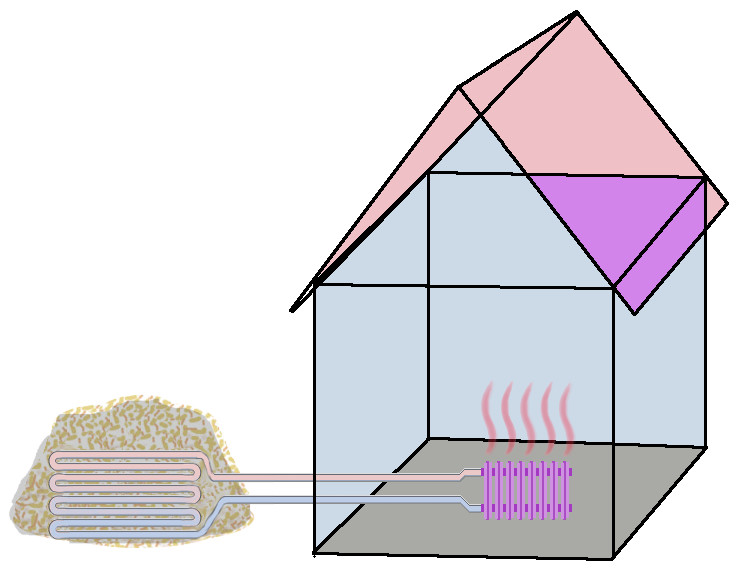Altissimus
TreeHouser
I run it right up there about twice a month , defeats all buildup in the connector ... start of the Red Zone is 500
there is guy here in detroit that has a system like that for his greenhouse.I’ve always been interested in running PEX pipe through a pile of chips and heating with the water. Lots of wasted heat there. I really don’t understand why chips aren’t gassified leaving the carbon as char in power plants and such. Carbon negative and a great byproduct

Tons of good info here, thanks.
FTR, double Eco Fans on the stove top have been working very well, shoulda done it a while ago.
 Hopefully it will be ok IDK. Probably 26'ish of total stack height so I'm hoping it will draw just fine.
Hopefully it will be ok IDK. Probably 26'ish of total stack height so I'm hoping it will draw just fine.Anybody see a problem running a wood stove without a cap? It will be short term as I want heat now, installing today, but cap is backordered two weeks.
Anybody see a problem running a wood stove without a cap? It will be short term as I want heat now, installing today, but cap is backordered two weeks.
Alright, I've found some other stoves, and might be buying one today. Anyone heard of a Vermont castings downdrafter? The one in question has both a blower and a water coil, so with that i can definitely heat my whole house. I guess it was an early attempt to be efficient, cause you force the smoke down through the charcoal bed, then introduce secondary air to fully combust. I'm pretty excited about buying this one if there's no major known faults, so help please.


The most common reburn system is a 'baffle' setup in the ceiling of the stove. This will often be tubes with holes or a plate of some sort with holes in it and it forces the smoke to route around it usually to the front of the stove. If you have such a stove and you never see flames shooting off of the holes like little flame throwers you are not getting the stove hot enough.
